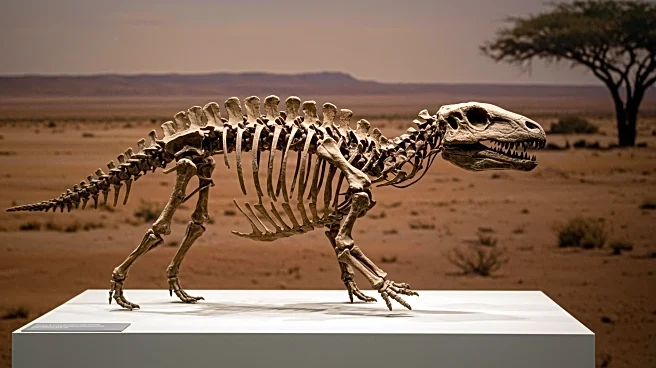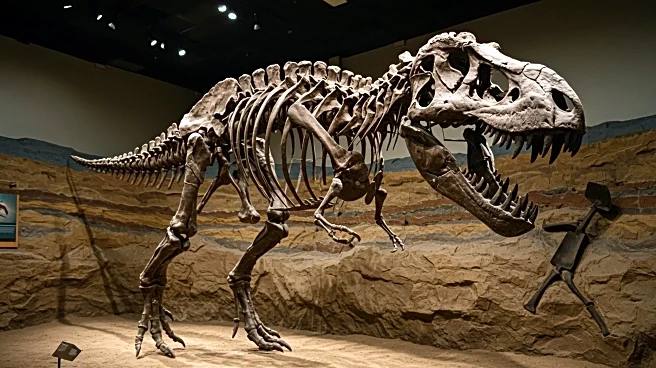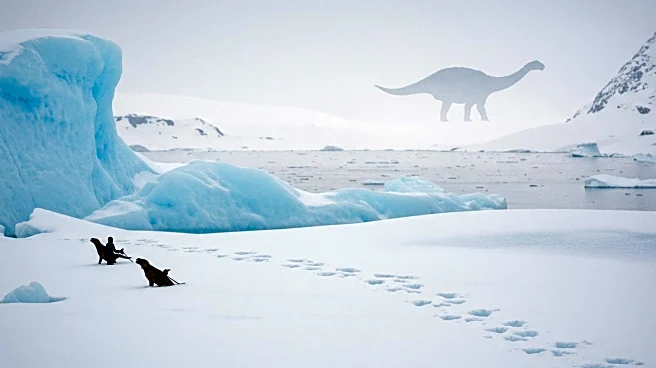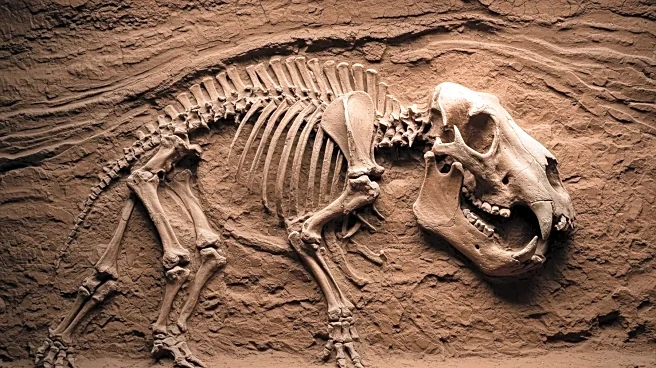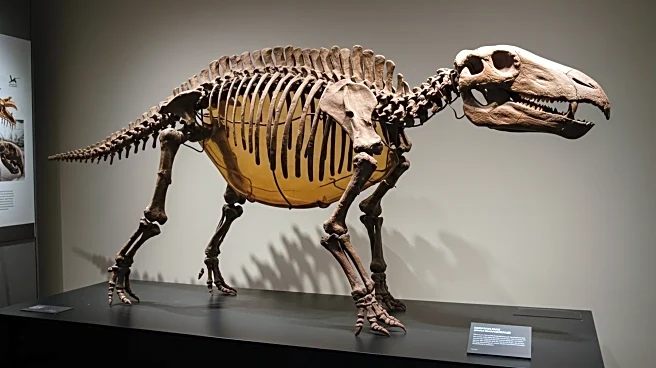Rapid Read • 7 min read
An international team of paleontologists has uncovered a significant collection of Permian fossils in southern Africa, providing new insights into Earth's largest mass extinction event, the Great Dying. This event, which occurred approximately 252 million years ago, wiped out about 70% of terrestrial species and a larger proportion of marine life. The fossils, excavated over 15 years in Zambia and Tanzania, offer a detailed view of life forms that existed just before the extinction. The research, led by scientists from the University of Washington and the Field Museum, aims to fill gaps in the understanding of this pivotal period in Earth's history.
AD
This discovery is crucial for understanding the evolutionary history of life on Earth. By examining these fossils, scientists can gain insights into the species that survived the Great Dying and the factors that contributed to their resilience. This research could inform current biodiversity and conservation efforts by highlighting the adaptability and vulnerability of different species. Additionally, the findings may provide valuable lessons on how ecosystems respond to catastrophic events, which is particularly relevant in the context of current environmental challenges.
The collaborative nature of this research underscores the importance of international partnerships in advancing scientific knowledge. The involvement of local communities and governments in Tanzania and Zambia ensures that the scientific and cultural value of these fossil sites is preserved. This approach highlights the ethical considerations in paleontological research and the need for ongoing support to protect these invaluable resources for future generations.
AD
More Stories You Might Enjoy
